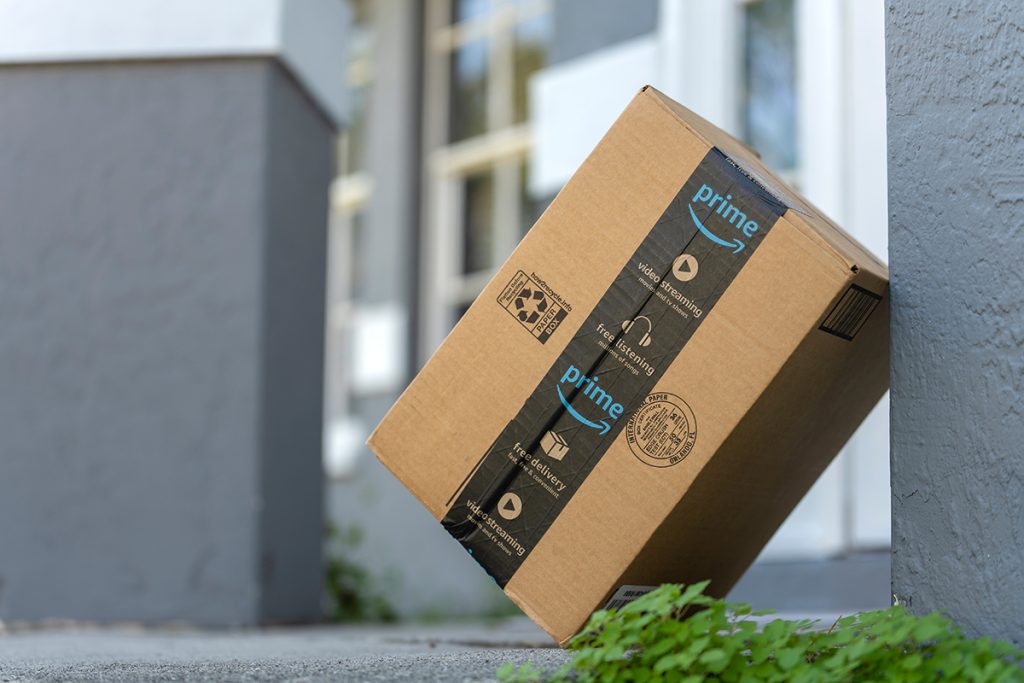Amazon’s annual Prime Day event has brought renewed scrutiny to worker safety, according to a recent investigation by the US Senate. The Senate Committee on Health, Education, Labor, and Pensions has identified Amazon warehouses as particularly dangerous during Prime Day and the holiday season, when work demands and injury rates surge.
Led by Sen. Bernie Sanders, the investigation has highlighted the hazardous conditions faced by Amazon warehouse employees during these peak periods. The committee’s report emphasizes the “extremely unsafe conditions” within Amazon’s warehouses, which worsen during Prime Day, held each July, and the holiday season.
Prime Day, which takes place on July 11 and 12, has been linked to a spike in injuries among warehouse workers. The report notes that during Prime Day 2019, the rate of “recordable” injuries—those that must be reported to the Occupational Safety and Health Administration (OSHA)—exceeded 10 per 100 workers. This rate is more than double the average injury rate in the US warehousing and storage industry. When including injuries not required to be reported to OSHA, Amazon’s total injury rate approached 45 per 100 workers.
Despite Amazon’s substantial revenue, the report criticizes the company for not sufficiently addressing these high injury rates. During Prime Day 2023, Amazon achieved record-breaking sales, totaling $12.7 billion, with July 11 marking the single largest sales day in the company’s history. For the first quarter of 2024, Amazon reported a profit of $10.4 billion. This financial success contrasts sharply with the unsafe working conditions highlighted in the Senate’s findings.
In response to the Senate report, Amazon has emphasized its commitment to employee safety. The company has reported a 28% reduction in recordable injury rates in the US since 2019. Amazon asserts that it carefully plans and staffs its warehouses to handle peak periods and maintains excess capacity to manage unexpected volume increases. However, the report suggests that these measures have not adequately reduced the risks faced by workers.
Worker experiences during Prime Day and other peak periods have been described as grueling, with long hours and intense pressure to meet high productivity targets. The warehouses, some as large as 28 football fields, are equipped with stringent tracking systems that monitor employees’ every move. This pressure contributes to the unsafe working conditions highlighted in the investigation.
Sen. Bernie Sanders has previously urged Amazon to improve its treatment of workers, criticizing the company’s handling of worker injuries and the intense surveillance that enforces high productivity rates. According to Sanders, Amazon’s relentless pursuit of profits often compromises worker safety, providing minimal medical care for those injured on the job.
Amazon holds Prime Day in July each year to boost sales during traditionally slow summer months. The Senate’s findings bring attention to the challenges faced by warehouse workers during this crucial sales period, emphasizing the need for Amazon to address the reported safety issues and improve working conditions.
As Amazon continues to expand its operations and achieve record sales figures, the Senate’s investigation underscores the urgent need for the company to prioritize worker safety and address the hazardous conditions in its warehouses.


